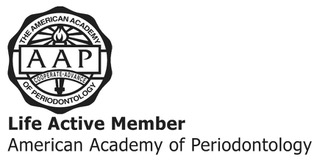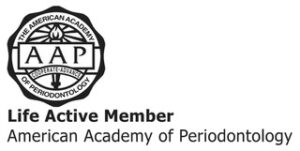Saving your Teeth
 Our goal is to save your teeth and create a healthy, good-looking, functional smile, which is why we provide you with the best, state-of-the-art treatment options available.
Our goal is to save your teeth and create a healthy, good-looking, functional smile, which is why we provide you with the best, state-of-the-art treatment options available.
And, we realize that each patient has unique concerns and wants, which is why we make sure you understand your treatment plan every step of the way. Plus, we also help our patients learn how to maintain their smiles and prevent future problems, so they can minimize their visits to a periodontist.
Early to moderate periodontitis can be predictably treated with scaling and root planing (“deep cleaning”) in conjunction with effective homecare. Ideally, plaque, calculus (tartar), and stain are removed both above and below the gumline. It can easily be accomplished with topical and/or local anesthetics. Afterward, the “gums” might be a little sore with homecare for a couple of days. Typically, even this limited soreness can be managed effectively with a couple of doses of ibuprofen or Tylenol.
Sometimes, Dr. Newhouse will place antibacterial microspheres (Arestin) or an antimicrobial gel (Atridox) in the pockets (spaces between gums and teeth) as an adjunct to non surgical treatments. These materials may enhance the effects of the scaling and root planing.
Periostat (low dose doxycycline), an oral medication, may also be used to minimize further loss of tooth attachment and improve resistance to further infection.
LANAP®: An alternative to traditional periodontal surgery, this FDA-cleared laser treatment is the only scientifically-proven methodology that may result in periodontal regeneration, new bone growth, and gum tissue reattachment. It can target the source of the inflammation without hurting or removing any healthy gum tissue, slow or even stop any attachment loss and decrease pocket depth, and allow the body to recover from a chronic infection without the need for scalpel or sutures.
Sometimes, teeth cannot be saved for a variety of reasons – cracks or fractures, root canal failures, teeth whose structure can’t be restored, or impacted teeth associated with adjacent teeth. When this is the case, Dr. Newhouse can remove the teeth and perform socket regeneration so that the dimensions of the jawbone can be protected. Without such socket regeneration as much as 30% of the jawbone dimensions in all directions can be lost. Protecting the bone’s width and length becomes important for implant placement, for other types of esthetic tooth replacement, and for the bone support of adjacent teeth. In the end, it provides the foundation for model smiles and health!















